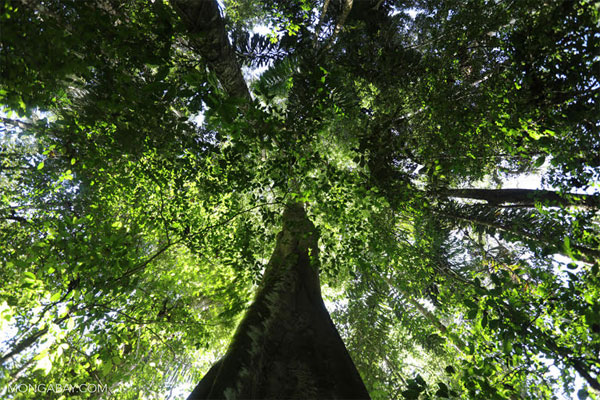Tropical forests are so badly degraded they have become a source rather than a sink of carbon emissions, according to a new study that highlights the urgent need to protect and restore the Amazon and similar regions.
Researchers found that forest areas in South America, Africa and Asia – which have until recently played a key role in absorbing greenhouse gases – are now releasing 425 teragrams of carbon annually, which is more than the emissions from all the vehicular traffic in the United States.
The study went further than any of its predecessors in measuring the impact of disturbance and degradation, the thinning of tree density and the culling of biodiversity below an apparently protected canopy – usually as a result of selective logging, fire and drought.
This can reduce biomass by up to 75%. But it is more difficult for satellites to monitor than deforestation (the total clearance of foliage) because, when viewed from above, the canopy appears undisturbed despite the depletion underneath.
About The Author
You may also like
Delhi-NCR most polluted region in India, Karnataka the cleanest air in India: Report
Outdoor air quality chronically underfunded, finds State of Global Air report
PM2.5 shortening average life expectancy of Delhi residents by almost 12 years
PM 2.5 air pollution increases anti-biotic resistance globally, India risk increases 2.5%
Green court forms panel to release air pollution control norms around hospitals with in the next 3 months


